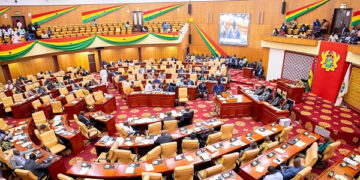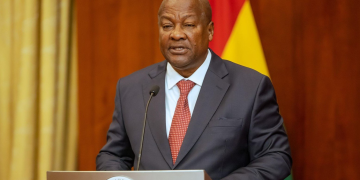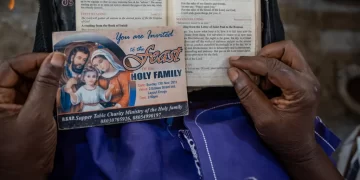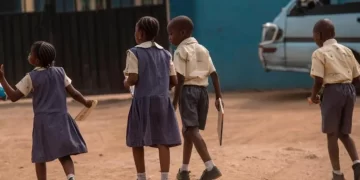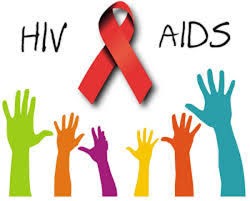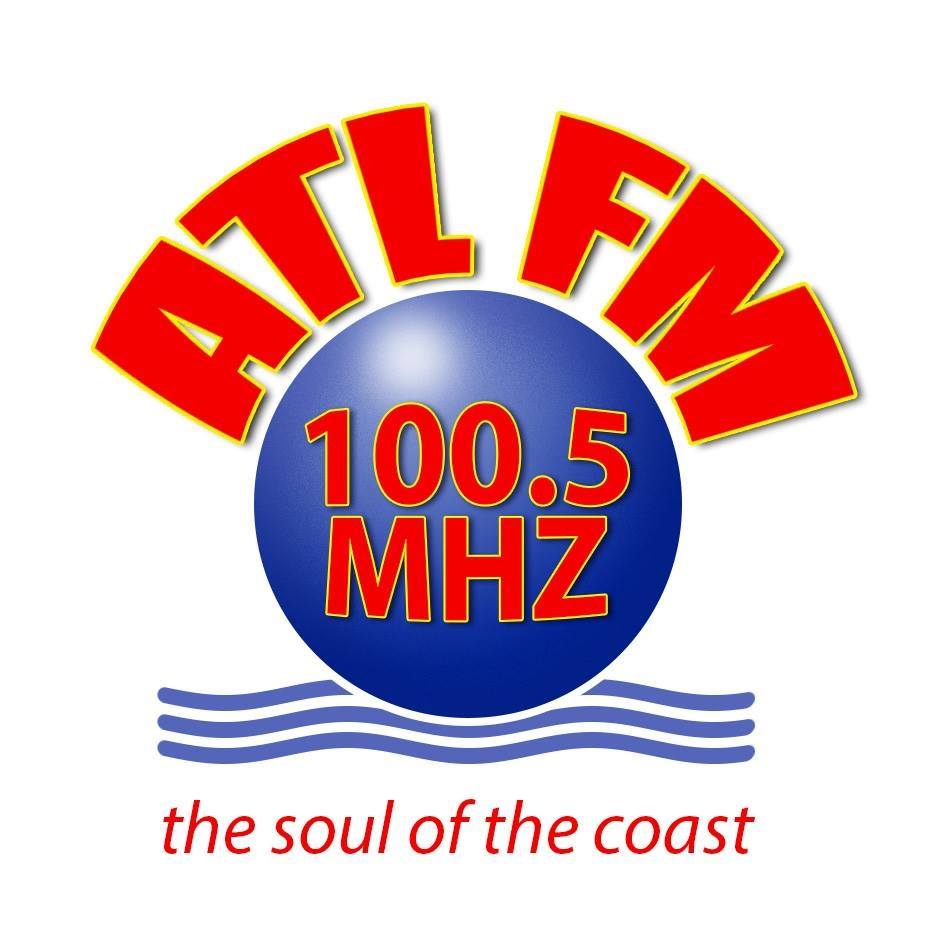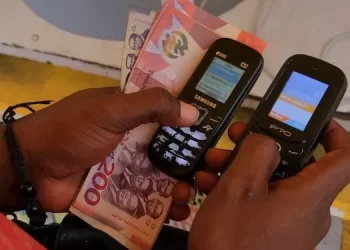The Ghana AIDS Commission has sounded the alarm over a troubling gap in treatment coverage for people living with HIV in the country, warning that more than half of those affected are not receiving life-saving antiretroviral therapy (ART).
According to the Commission’s 2024 National and Sub-national HIV Estimates and Projections, only 47% of the estimated 334,721 Ghanaians living with HIV are currently on ART, leaving over 176,000 people, or 52%, without treatment.
The shortfall poses a major setback to achieving the UNAIDS global 95-95-95 target, which aims to ensure that 95% of people living with HIV know their status, 95% of those diagnosed are on treatment, and 95% of those on treatment achieve viral suppression.
Speaking at a media briefing in Accra, Mr. Isaiah Doe Kwao, Director of Research, Monitoring and Evaluation at the Ghana AIDS Commission, described the figures as “deeply concerning,” especially in light of the 15,290 new HIV infections and 12,614 AIDS-related deaths recorded in 2024.
On a positive note, he emphasized that 12,358 deaths were averted due to treatment access, underscoring the life-saving importance of timely intervention.
Deputy Chief of Staff, Nana Oye Bampoe Addo, also addressed the media, attributing the low treatment coverage to stigma, economic barriers, misinformation, and recent cuts in international donor support.
She stressed the importance of domestic financing and stronger stakeholder collaboration, especially as Ghana gears up to host the 2025 International Conference on AIDS and STIs in Africa (ICASA).
She warned that untreated individuals pose a higher risk of new transmissions and HIV-related deaths, calling the current figures “unacceptable” given the availability of effective treatment.
Regionally, Greater Accra leads with the highest number of new HIV infections (3,436 cases), followed by the Ashanti Region (2,997), and the Eastern Region (2,019). Other high-burden regions include Central, Western, Bono, and Volta.
The Commission has reiterated its call for enhanced public awareness, reduced stigma, and increased resource allocation to combat the persistent HIV treatment gap and avert a potential public health crisis.
Read Also: 15% VAT on Insurance Must Be Reviewed – IBAG President





